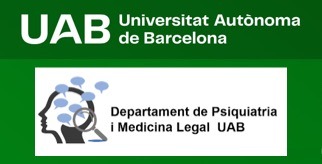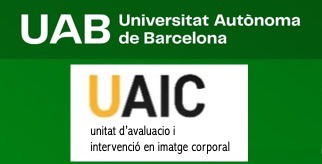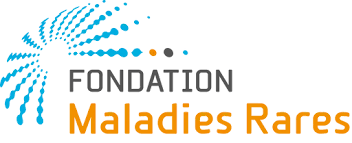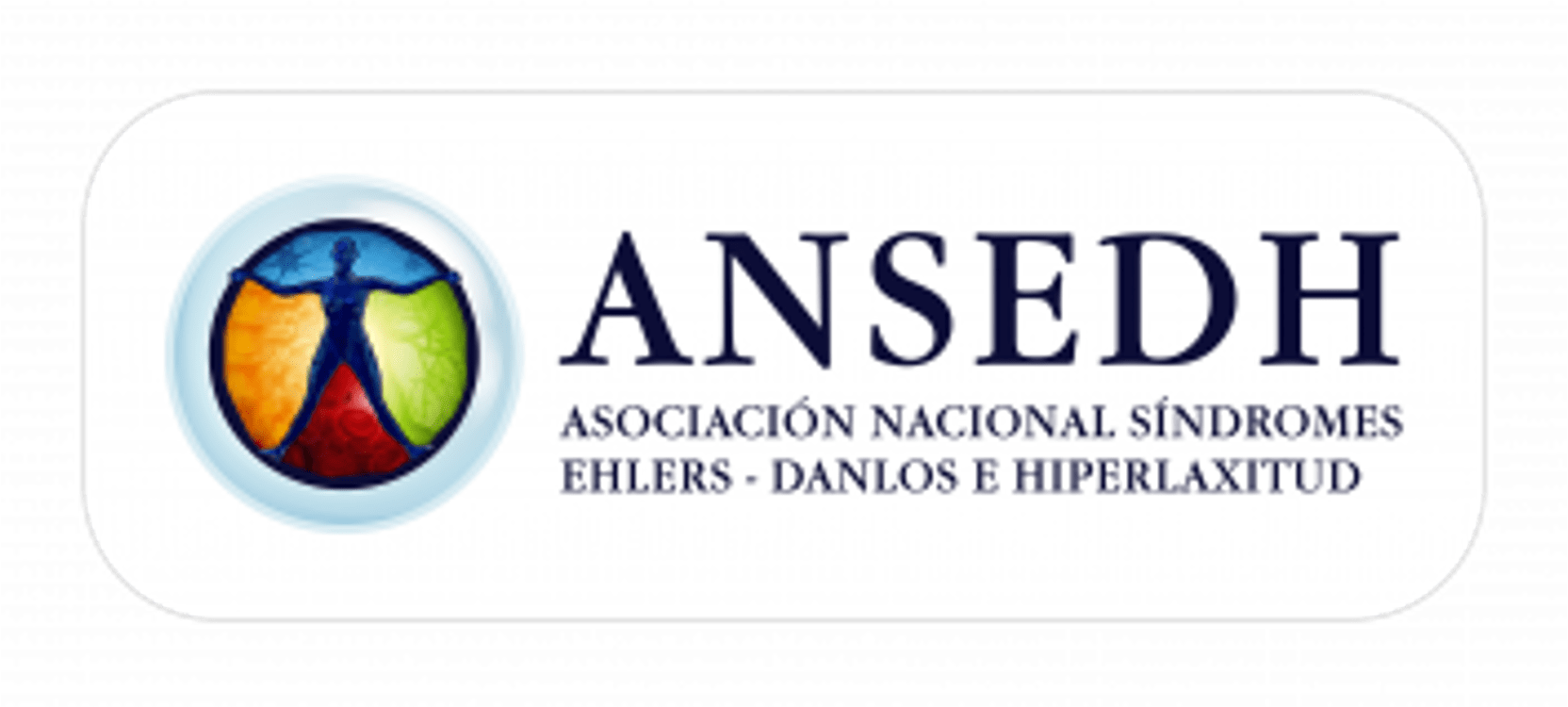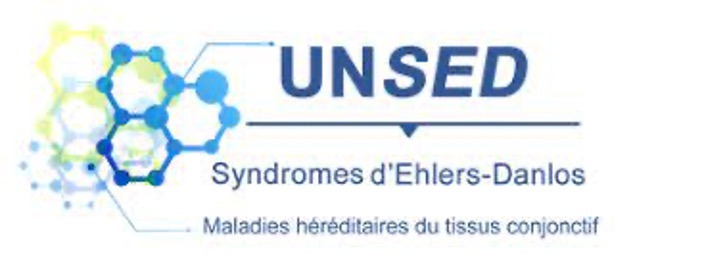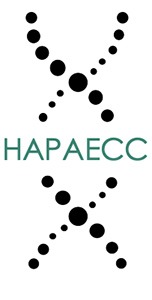
Joint hypermobility and related disorders :
studies in emotion, cognition and behavior.
Home | Team | Studies | News | Publications | Support us | Partners
HAPAECC is a research programme dedicated to the exploration of the psychosocial correlates of joint hyperlaxity (also called generalized joint hypermobility: GJH) and hereditary connective tissue disorders (HCTD).
Our work aims to advance knowledge of somatic and psychic relationships and understanding of the characteristics and experiences of people with these somatic conditions.
This website has been created to raise awareness of our work and to contribute to the visibility of the somatic conditions we study, which are still little known to both health professionals and the public. We invite you to consult information about our current projects, activities, partners and publications.

What is GJH?
The GJH is defined as an exaggerated increase in joint mobility during passive and active movements. It is a common benign somatic feature in the general population (prevalence between 10-30%), especially in childhood (decreasing with age) and in women.
When HA is generalized to several joints, it is assumed to be congenital, inherited and related to connective tissue. Therefore, its presence often evokes abnormal collagen production. In this context, it is not uncommon for HA to be accompanied by various physical problems of a joint and non-joint nature of varying severity. These manifestations suggest an underlying systemic disorder such as Hereditary Connective Tissue Diseases (HCTD) in which GJH is a common sign, or a Hypermobility Spectrum Disorder (HSD).
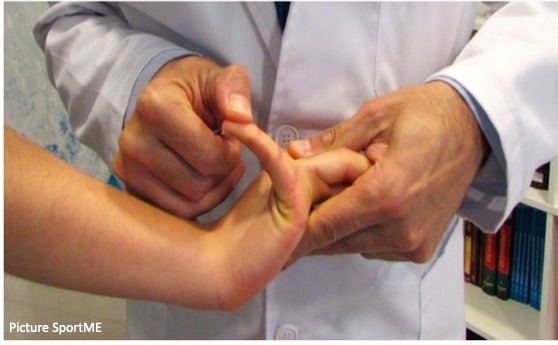
What are HCTDs?
The HCTDs are a clinically and genetically heterogeneous group of pathologies caused by defects in the structure and synthesis of extracellular matrix elements such as collagen and elastin. These proteins form the connective tissue that serves to hold together the different structures of the body, giving them support and elasticity.
Connective tissue elements are found in all organs of the body. Muscles, bones, cartilage, ligaments and tendons are essentially composed of connective tissue. Therefore, the HCTDs are genetic conditions characterised by abnormalities in connective tissue and frequently present with GJH.
This group includes Ehlers-Danlos syndromes, Marfan syndrome and related syndromes, Loeys-Dietz syndrome, osteogenesis imperfecta and others. Tissue fragility is a common feature of these diseases whose prognosis can range from mild to life-threatening. These diseases usually manifest in childhood and persist throughout life.







